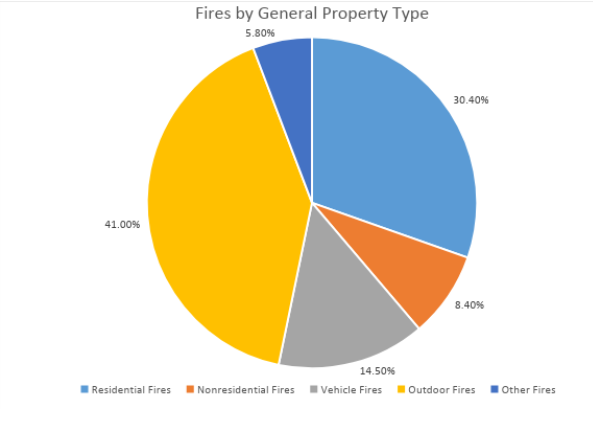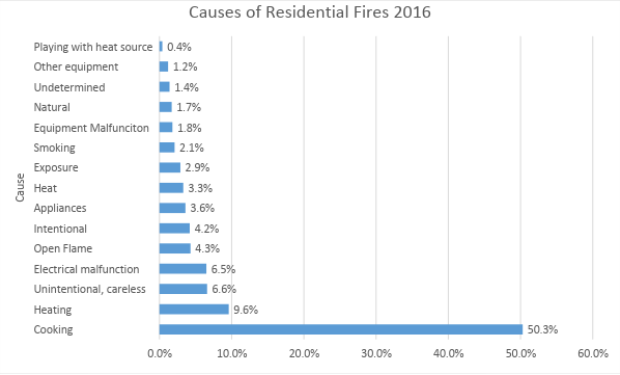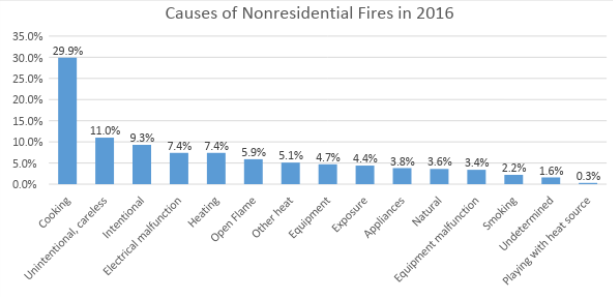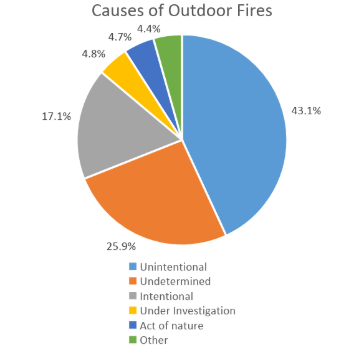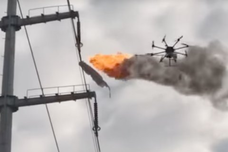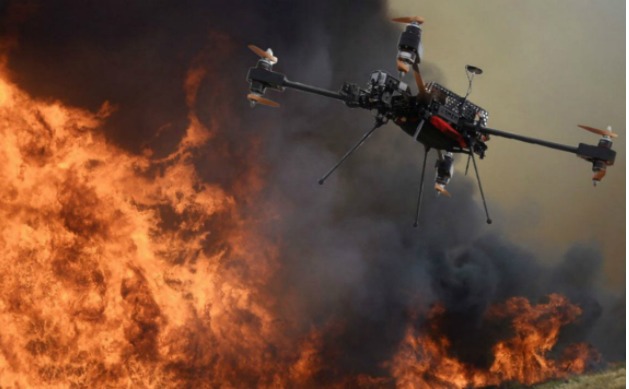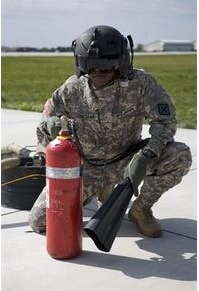Based on our previous article we demonstrated that the majority of residential as well as non-residential fires start in the kitchen. These fires also account for the majority of the deaths and injuries from both residential and non-residential fires. The majority of these fires can be prevented!
Kitchen Fire Prevention
Preventing kitchen fires and injuries takes one part common sense and a few parts preparation. Take stock and be of your surroundings, especially your:
- Kitchen’s layout
- equipment, and cleanliness
- Cooking habits
- Ability to put out a small fire safely
- Knowledge of burn-injury prevention.
Kitchen Cleanliness
A clean kitchen is a safer kitchen. Wipe up spills as they happen. Clean crumbs and grease buildup from cooking appliances regularly. Clean the exhaust hood and duct over the stove on a regular basis. Grease can catch fire easily, and grease fires can be difficult to put out. Keep messes under control to avoid these risks altogether.
First Aid and Burn Response
Act fast to limit the severity of burns. Run cool water over a minor burn for 10 to 15 minutes to limit its seriousness. Never use grease or butter on a burn. If burned skin is blistered, see a doctor. For blackened skin, shallow breathing, or unconsciousness, call the fire department or ambulance service.
Understand your Recipes and Cooking Times
Careless cooking starts more residential fires than any other cause. Cooking accidents also hurt people – more are injured in the kitchen than from any other fire-related cause. Brush up on kitchen safety and cook smart.
Safe Steps in the Kitchen
- It is easy to develop bad cooking habits. Don’t get burned.
- Never leave food cooking unattended.
- Cook with the lowest effective temperature.
- Do not store cooking fat on the stovetop.
- A burner could be turned on, accidentally starting a grease fire.
- Plug in appliances only when they are in use.
- Keep metal out of the microwave – even a twist-tie or a bit of aluminum foil can cause “arcing,” which can lead to fire.
- Wear close-fitting clothing when you cook. Avoid loose sleeves, ties, or ruffles.
- Keep pot handles turned toward the back of the stove.
- An adult may brush against the handle, or a child may pull the pot off of the stove and be burned.
- Supervise young children in the kitchen.
- Do not touch or try to move a flaming pot.
- You may spread the fire and/or burn yourself.
- Slowly remove lids from containers that have been in the microwave oven.
- The steam that builds up inside containers can cause serious scalds.
Putting out a Kitchen Fire
Never try to put out a fire yourself unless:
- You have called the fire department.
- You know what is burning.
- You have the necessary supplies (pan lid or correct fire extinguisher).
- The fire is small and not spreading.
- Everyone else has left the area.
- You have a clear path to the exit.
Never use water, baking soda, or flour on a grease fire. Instead, carefully slide a lid over the pan from the side, and turn off the stove. Keep the lid over the fire until flames are out.
Smother a fire in a conventional oven or microwave oven by keeping the door closed. Unplug or turn off the unit. Have the microwave serviced before using it again.
If paper, cloth, or food (other than grease) is burning, it may be safe to use an A or ABC fire extinguisher, if you know how. A fire extinguisher labeled C, BC, or ABC can be used on an electrical fire.
If the fire does not go out right away, exit. If you haven’t done so already, call the fire department, using a neighbor’s phone.
Article was reprinted on behalf of Jennifer and content was borrowed from www.cityofolean.org/

